Happy Valentine’s Day from Your Creator
The whole universe and everything within it is God’s special love letter to you, me, and every other member of the human race. I have written about these love letters in previous web articles and in my book, Improbable Planet.1 Here are a few of my favorites with brief descriptions (most of the photos come from my nature excursions) and links for those of you who want to explore more fully the depths of God’s love:
1. Flowers: Flowers are not just for romance. Our very existence would be impossible without flowering plants. Without them we would lack the rainfall we need for global civilization. Without flowering plants Earth’s surface would be too hot for human existence. Without flowering plants there would be a catastrophic drop in the number of plants and other species Earth could sustain. We would lack the food we need. Flowers show us how carefully, generously, and beautifully God designed Earth and all its life for our specific benefit.2
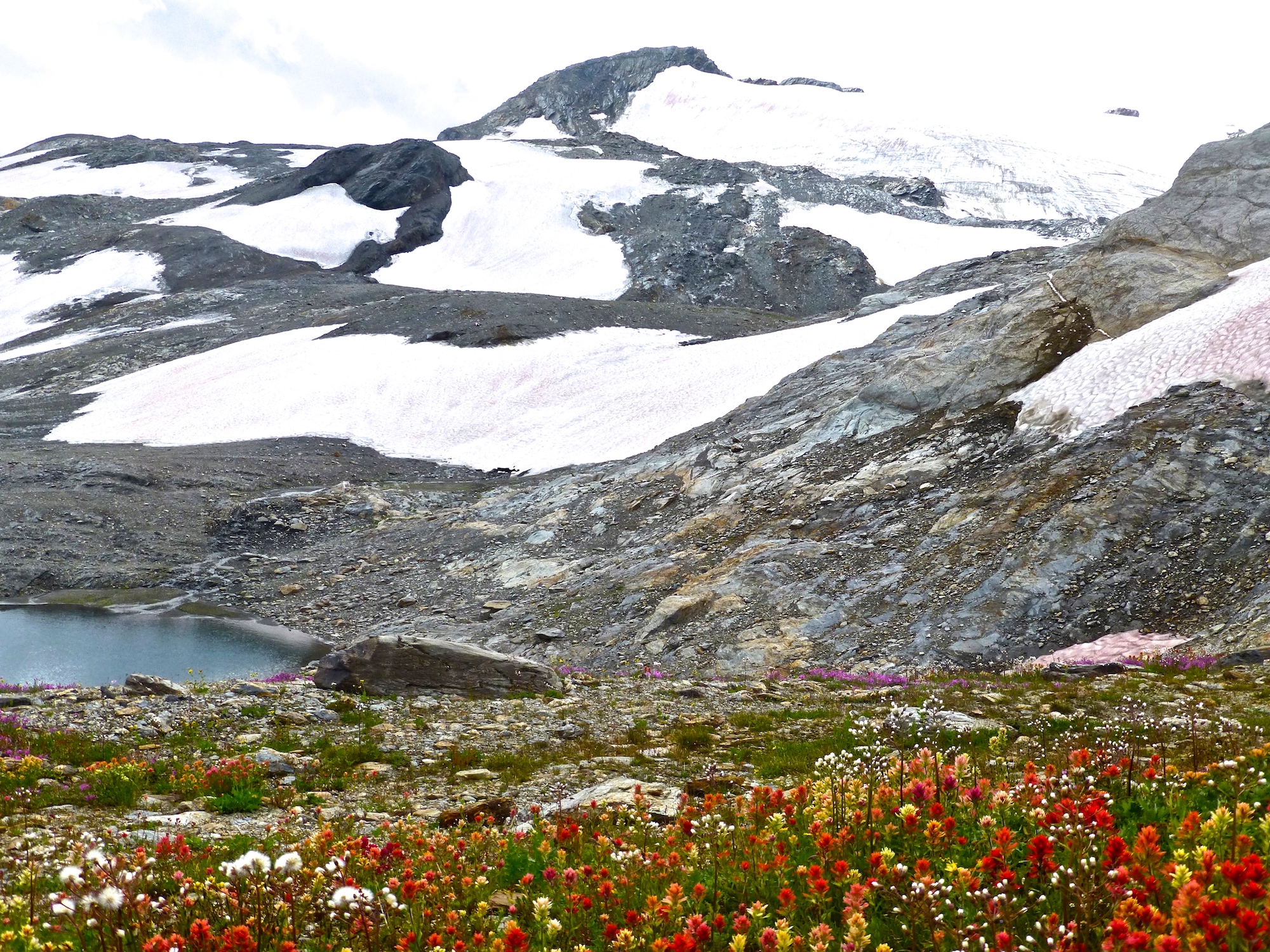
2. Whales: Whales efficiently fertilize the photic zone of the world’s oceans, thereby greatly increasing the abundance of phytoplankton. This great abundance of phytoplankton sustains enormous stocks of fish that we are able to harvest for nutritious food. Furthermore, the great abundance of phytoplankton removes greenhouse gases from our atmosphere, which makes Earth’s surface cool enough for our existence.3 Whales also are fun for us to watch.
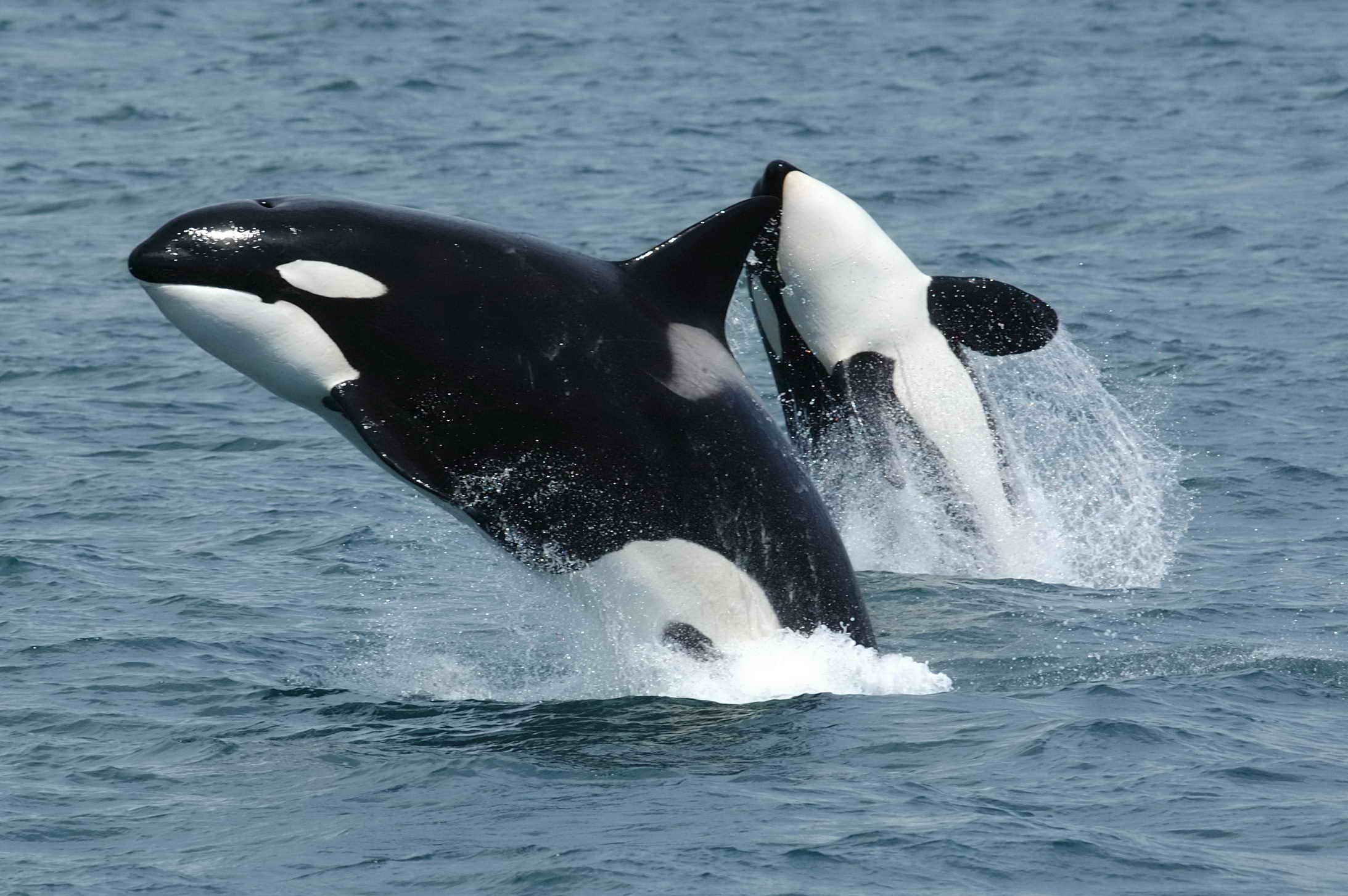
3. Beavers: Beavers do not exist simply to supply warm fur coats. Through their building of dams and lodges, beavers are one of the most important producers of valley sedimentation, wetlands, and wet meadows. These beaver construction projects enhance both the diversity and abundance of plant and animal species. They also help purify and oxygenate our lakes, rivers, and waterways. Busy beavers benefit all life and model for us an outstanding work ethic.4
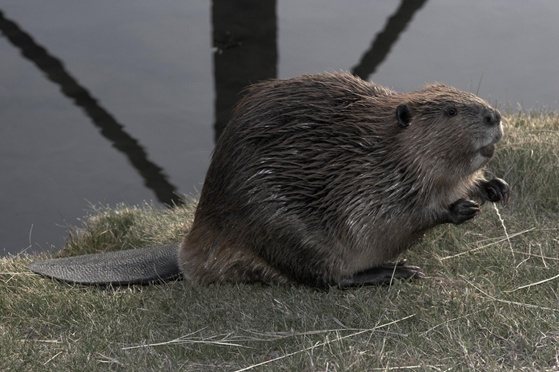
4. Sulfate-reducing bacteria: For the first three billion years of life’s history on Earth, only microbes existed. During that time, Earth’s habitats were too toxic for animals. Thanks to over two billion years of sulfate-reducing bacteria transforming soluble metals into insoluble metals, Earth’s surface became a safe environment for life, where for each metal the amount in soluble form became optimal for animals.5 The concentrated insoluble metal ores produced by the sulfate-reducing bacteria made possible the launch of metallurgy and our high-technology civilization.

5. Cryptogamic crusts: The vascular plants that we depend on to feed ourselves and our animals need nutrient-rich, well-conditioned soils. It took over a billion years of complex ecosystems of microbes known as biological soil crusts or cryptogamic crusts to transform the barren chunks of silicates that comprised Earth’s early continents into rich, conditioned soil that allow vascular plants to live and thrive.6 God showed his love for us in that he made our planet “dirty”—comprised of the just-right kind of dirt.
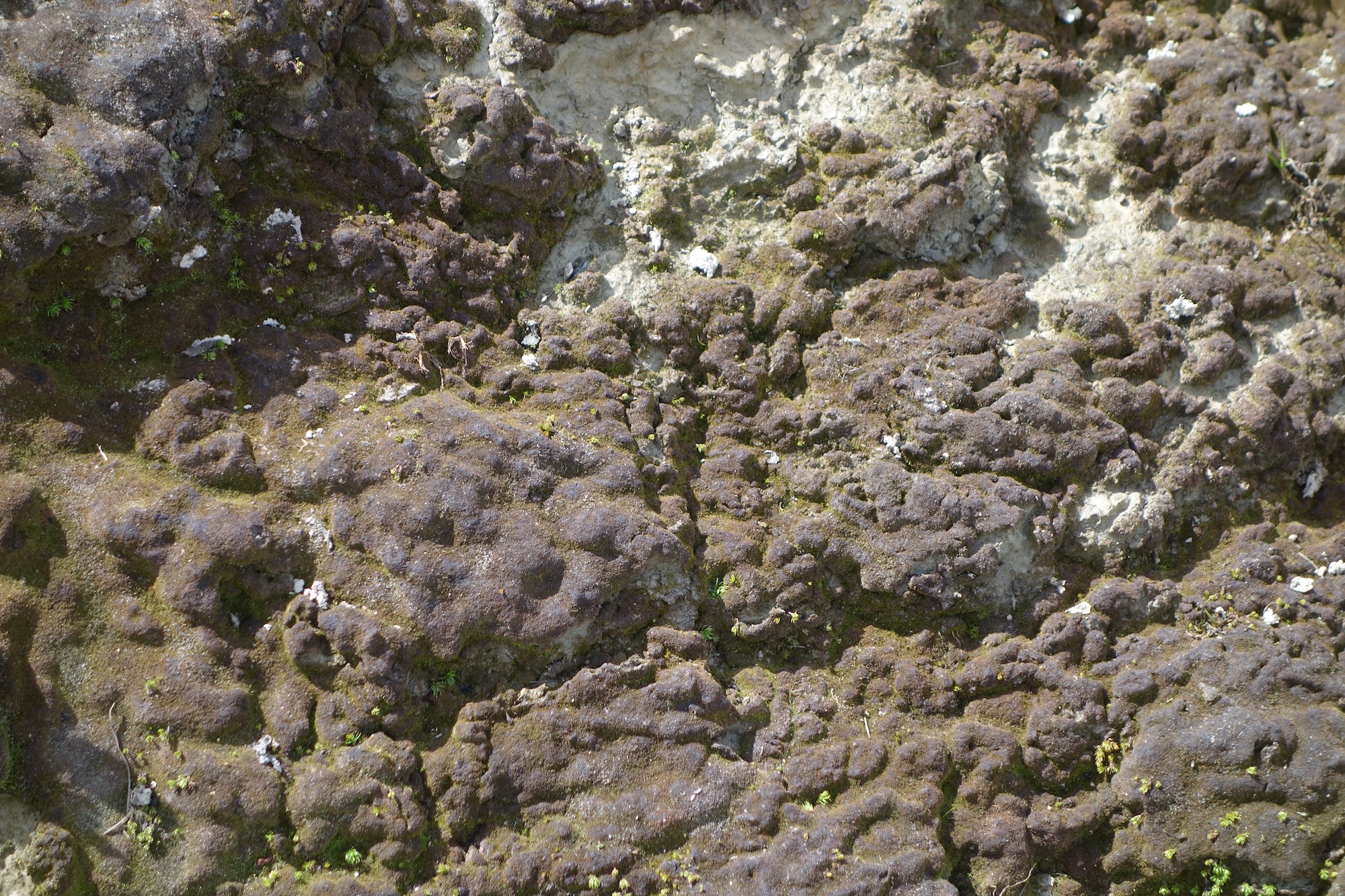
6. Sand: Sand is essential for maintaining the texture and moisture retention of terrestrial soils that advanced plants require.7 It is also crucial for sustaining our civilization and technology.8 Earth did not start out with sand. God’s hand is evident in shaping Earth’s formation and history to ensure that the planet continuously possesses just-right geophysical and geochemical processes operating at just-right rates, times, and places to create an abundance of sand.
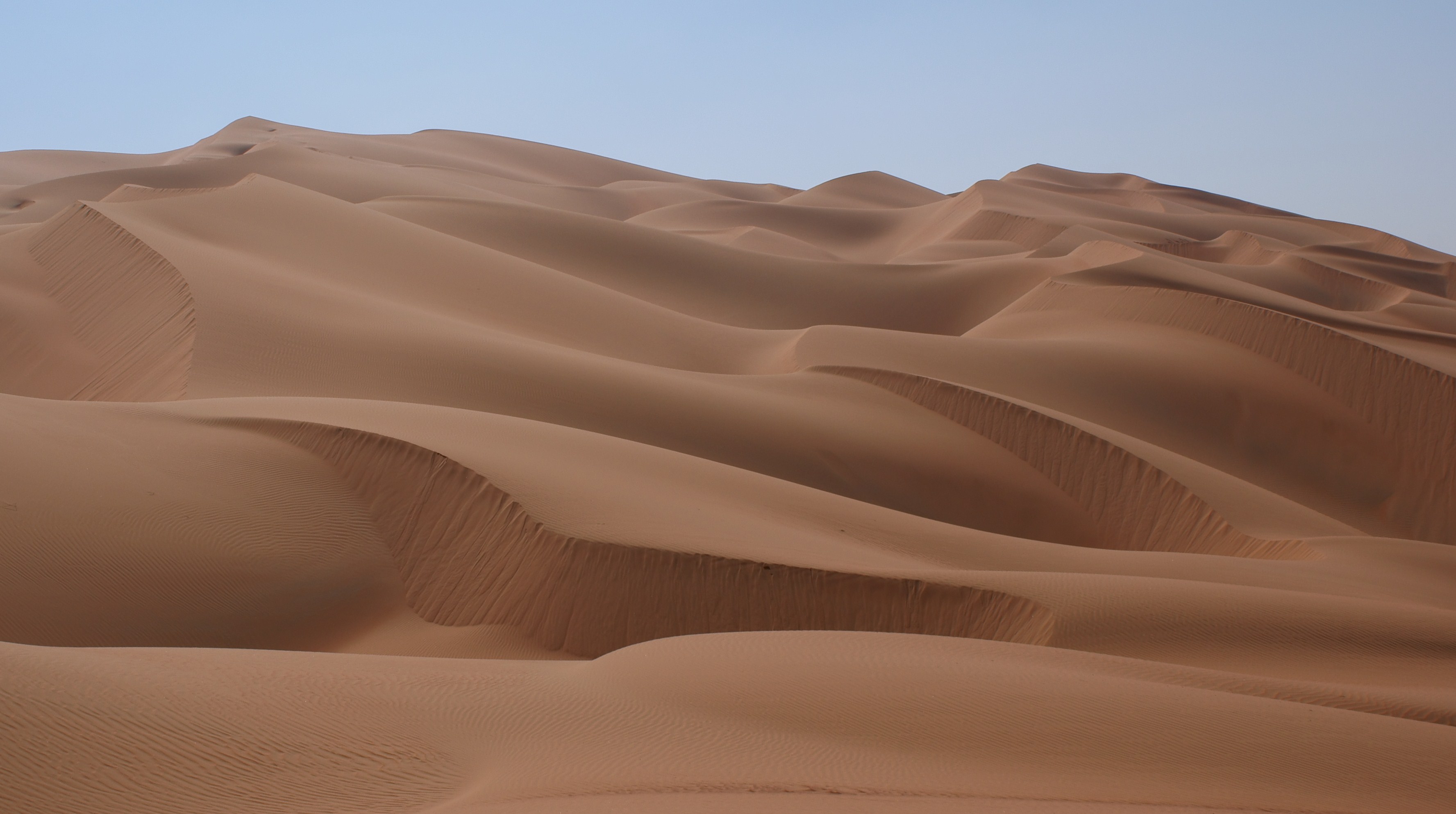
7. Falling leaves: Plots with the greatest quantity of leaf litter receive the greatest enrichment of inorganic nitrogen and nitrates—the keys to forest growth and health. Too much leaf litter, however, prevents seeds from gaining access to the soil. The fine-tuned abundance of leaf litter in Earth’s forests speaks of thoughtful, intentional, loving design.9
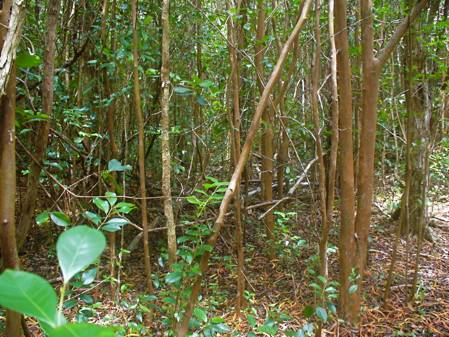
8. Wildfires: These events keep the leaf litter from accumulating to too great a degree. Wildfires also deposit charcoal into the soil, an important nutrient, conditioner, and aerator to enable vascular plants to thrive. God designed Earth’s atmosphere and Earth’s vegetation to give us the optimal number and intensity of wildfires.10
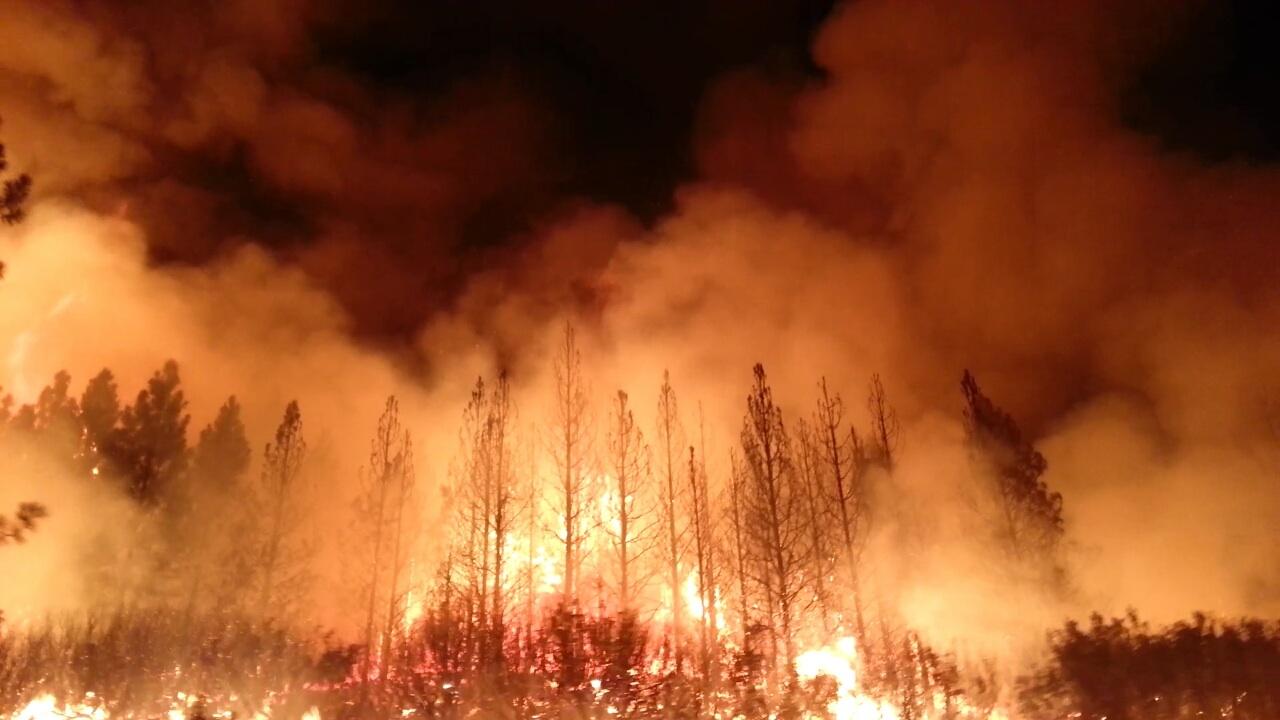
9. Merging neutron stars: Nearly all of half the elements heavier than iron are manufactured when two neutron stars merge together to become a black hole.11 These elements include platinum, gold, palladium, thorium, and uranium. Thanks to thorium and uranium, Earth has continents and a magnetic field that protects us from solar and cosmic radiation. Thanks to platinum, gold, palladium, and other elements manufactured by merging neutron stars, we can enjoy high-technology civilization. God showed his love by exposing Earth to neutron star merging events when it was forming but kept Earth very far away from these events during the epoch of advanced life.
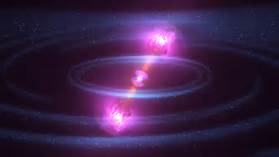
10. Mountains: The diverse and variable diet of herbivores, and consequently of carnivores, is significantly higher in mountainous forests than it is in flat lowland plains. One of Earth’s miracles is its abundance and extent of mountain ranges and volcanoes. These mountains play a crucial role in enhancing rainfall and species diversity and in providing spectacular scenery for us to enjoy.12
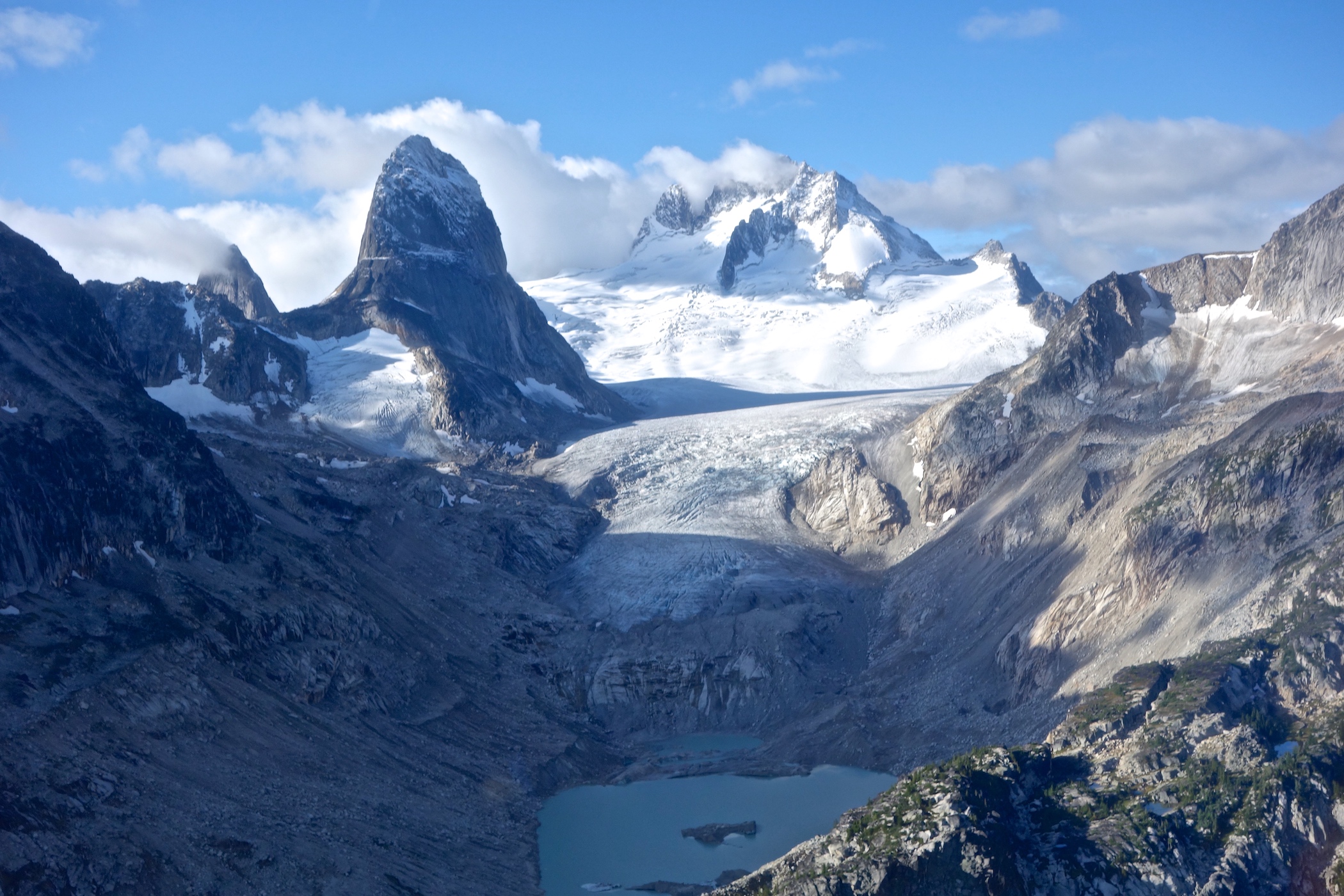
These are just ten of the billions of Valentine’s cards God has sent us through what he has created and designed in the realm of nature. How can we not see and be grateful for his surpassing love for us?
Endnotes
- Hugh Ross, Improbable Planet: How Earth Became Humanity’s Home (Grand Rapids: Baker, 2016).
- Hugh Ross, “Thank God for Flowers,” Today’s New Reason to Believe (blog), Reasons to Believe, August 9, 2010, http://reasons.org/explore/publications/tnrtb/read/2010/08/09/thank-god-for-flowers; Ross, Improbable Planet: 160–62, 181–85.
- Hugh Ross, “Thank God for Whales,” Today’s New Reason to Believe (blog), Reasons to Believe, August 23, 2010, http://reasons.org/explore/publications/tnrtb/read/2010/08/23/thank-god-for-whales; Hugh Ross, Hidden Treasures in the Book of Job: How the Oldest Book in the Bible Answers Today’s Questions (Grand Rapids: Baker, 2011): 65–68.
- Hugh Ross, “Benefits from Beavers,” Today’s New Reason to Believe (blog), Reasons to Believe, February 1, 2012, http://reasons.org/explore/publications/tnrtb/read/tnrtb/2012/02/01/benefits-from-beavers.
- Hugh Ross, “Bacteria Help Prepare Earth for Life,” Today’s New Reason to Believe (blog), Reasons to Believe, January 1, 2001, http://reasons.org/explore/publications/rtb-101/read/rtb-101/2001/01/01/bacteria-help-prepare-earth-for-life; Ross, Improbable Planet: 132–34.
- Ross, Improbable Planet: 139–42; Hugh Ross, “Ionic Strength and Planetary Habitability,” Today’s New Reason to Believe (blog), Reasons to Believe, September 12, 2016, http://reasons.org/explore/blogs/todays-new-reason-to-believe/read/todays-new-reason-to-believe/2016/09/12/ionic-strength-and-planetary-habitability.
- Hugh Ross, “Thank God for Sand,” Today’s New Reason to Believe (blog), Reasons to Believe, December 3, 2012, http://reasons.org/explore/blogs/todays-new-reason-to-believe/read/tnrtb/2012/12/03/thank-god-for-sand.
- Hugh Ross, “More Reasons to Thank God for Sand,” Today’s New Reason to Believe (blog), Reasons to Believe, September 11, 2017, http://reasons.org/explore/blogs/todays-new-reason-to-believe/read/todays-new-reason-to-believe/2017/09/11/more-reasons-to-thank-god-for-sand.
- Hugh Ross, “Thank God for Leaf Litterfall,” Today’s New Reason to Believe (blog), Reasons to Believe, October 11, 2010, http://reasons.org/explore/publications/tnrtb/read/tnrtb/2010/10/11/thank-god-for-leaf-litterfall.
- Ross, “Thank God for Leaf Litterfall,” Hugh Ross, More Than a Theory: Revealing a Testable Model for Creation (Grand Rapids: Baker, 2009): 206–07.
- Hugh Ross, “Neutron Star Merger Explains Why We’re Here (Expanded Version),” Today’s New Reason to Believe (blog), Reasons to Believe, November 2, 2017, http://reasons.org/explore/blogs/todays-new-reason-to-believe/read/todays-new-reason-to-believe/2017/11/03/neutron-star-merger-explains-why-we’re-here-(expanded-version).
- Hugh Ross, “Unique Time Window for Mountain Scenery,” Today’s New Reason to Believe (blog), Reasons to Believe, August 22, 2016, http://reasons.org/explore/blogs/todays-new-reason-to-believe/read/todays-new-reason-to-believe/2016/08/22/unique-time-window-for-mountain-scenery; Hugh Ross, “Thank God for Mountains,” Today’s New Reason to Believe (blog), Reasons to Believe, January 10, 2011, http://reasons.org/explore/publications/tnrtb/read/tnrtb/2011/01/10/thank-god-for-mountains.
Check out more from Dr. Hugh Ross @Reasons.org





